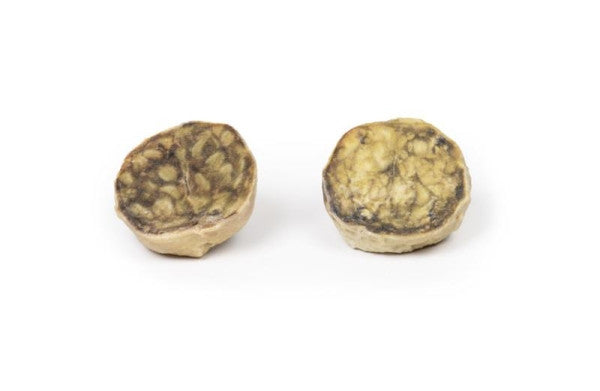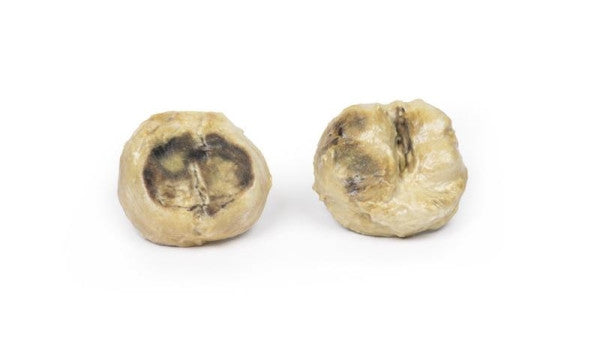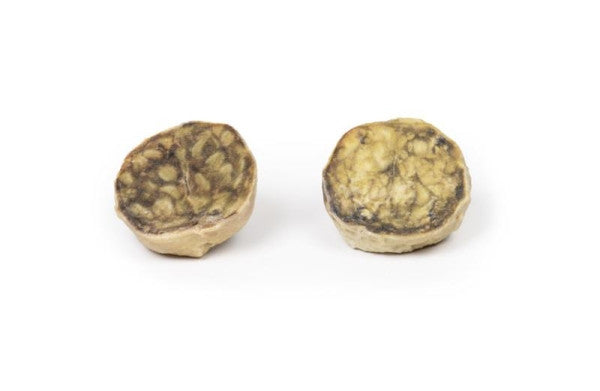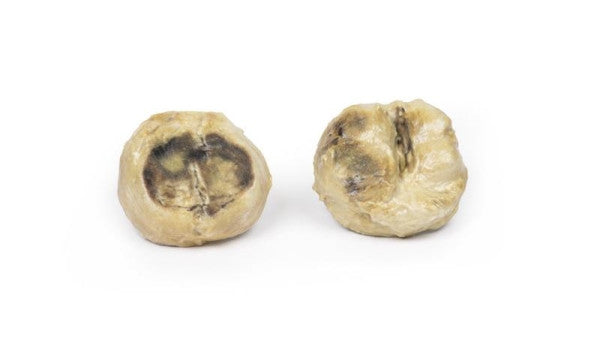The Nodular Hyperplasia of the Prostate 3D Printed Anatomy Model specimen comprises an enlarged prostate gland cut horizontally to reveal both its external and internal surfaces. The cut surface displays multiple nodules ranging in diameter from 2 to 10 mm. This demonstrates a case of benign nodular hyperplasia of the prostate gland.
Benign prostatic hyperplasia, also known as nodular hyperplasia of the prostate, is a prevalent condition among older males. It arises from the excessive growth of prostatic stromal and glandular epithelial cells, primarily in the periurethral region of the prostate. This hyperplasia occurs due to the accumulation of senescent cells caused by impaired cell death and androgen-driven cell proliferation, particularly by dihydrotestosterone. A common characteristic of nodular hyperplasia is the disproportionate enlargement of the median lobe, which can lead to the obstruction of the internal urethral opening upon bladder contraction.







